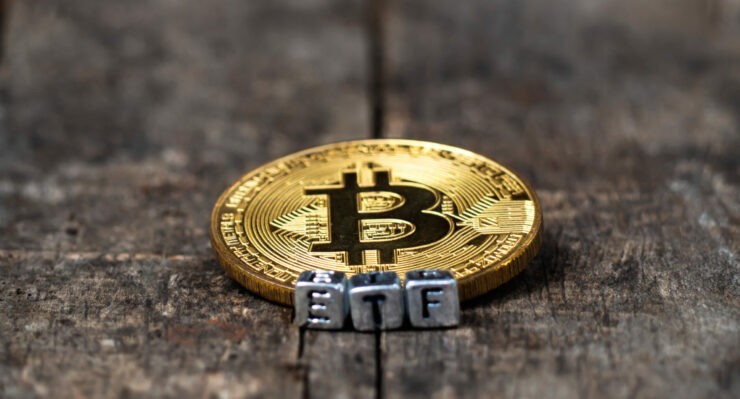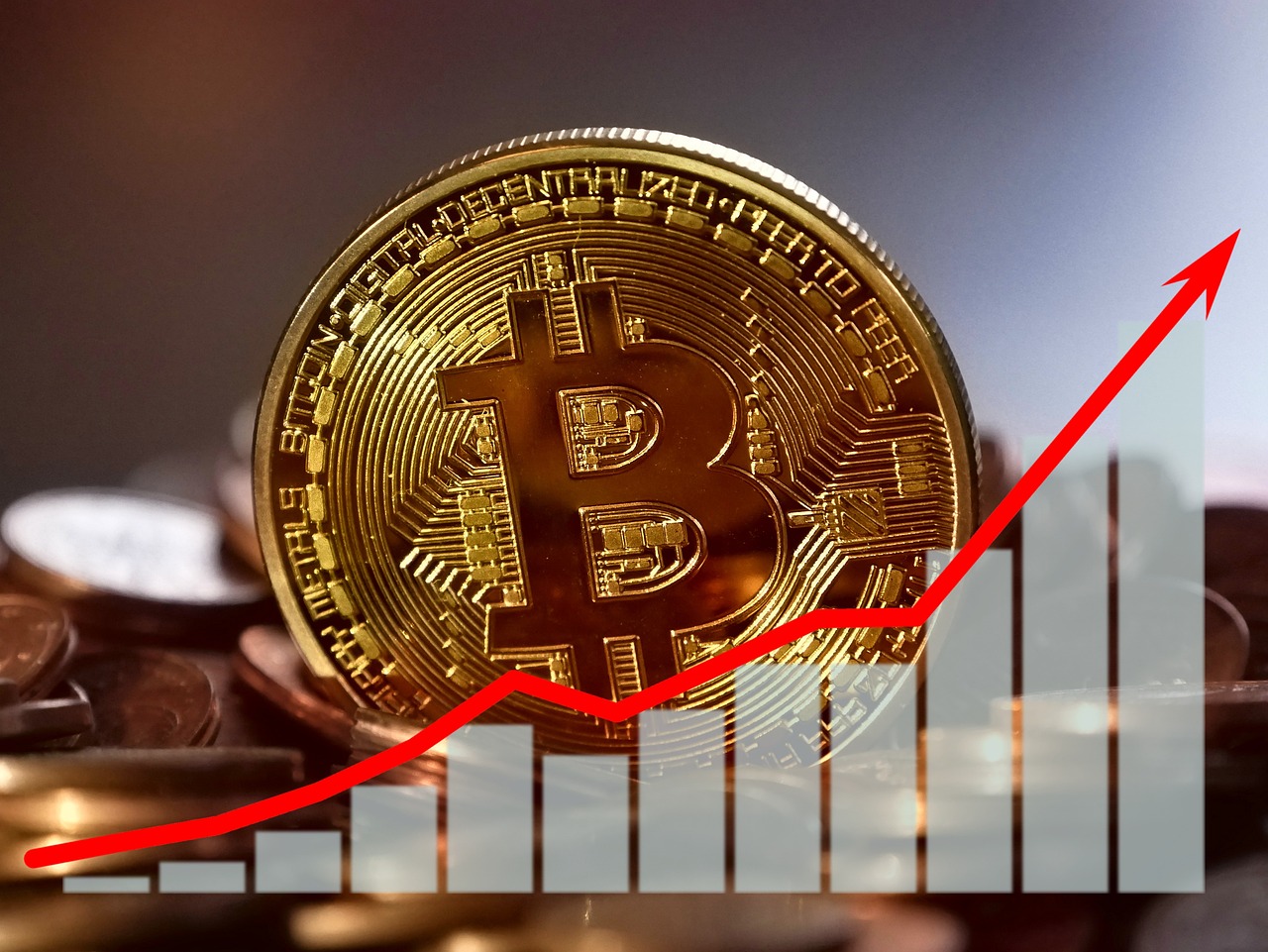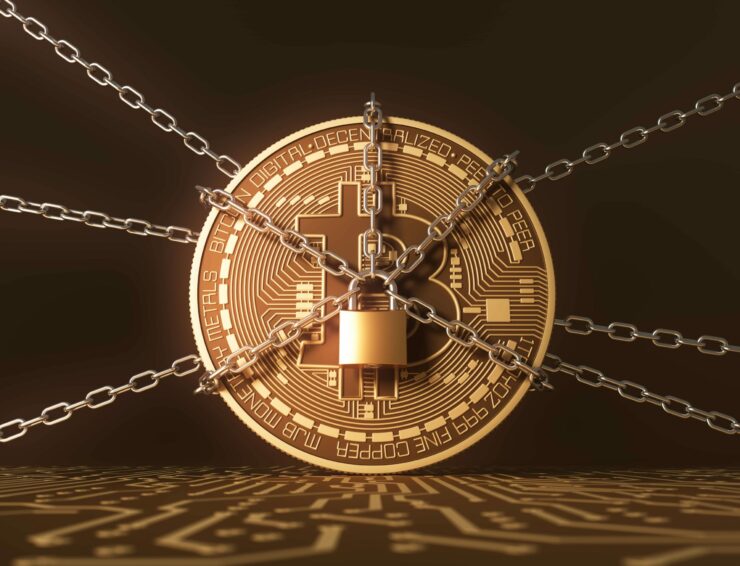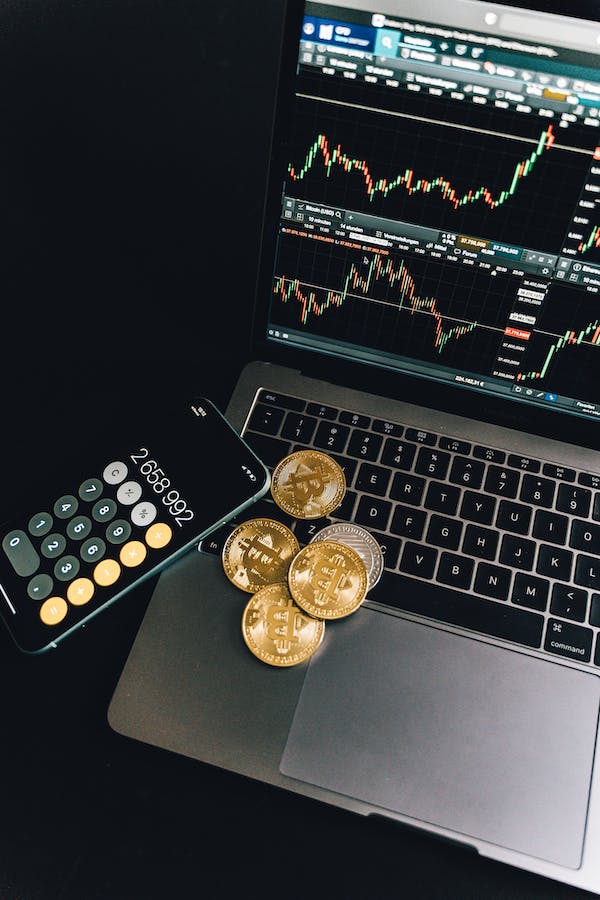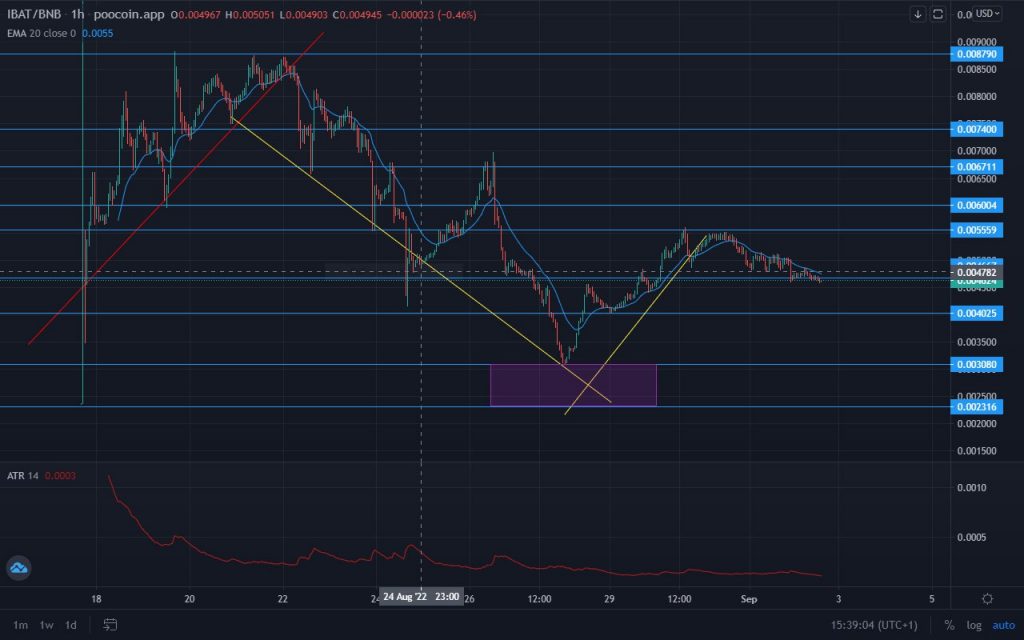The Significance of Bitcoin (BTC) Halving and How It Works
Don’t invest unless you’re prepared to lose all the money you invest. This is a high-risk investment and you are unlikely to be protected if something goes wrong. Take 2 minutes to learn more

Initially, Bitcoin miners were rewarded with 50 Bitcoins for mining a block. This was a means of encouraging miners to mine blocks on the network. However, as soon as a total of 210,000 blocks were mined, the mining rate decreased by half.
According to the history of Bitcoin halving dates, the most recent three halvings took place in 2012, 2016, and 2020. The first Bitcoin split, also known as a halving, took place in 2012 when the mining reward for a block was decreased from 50 to 25 BTC.
Another Bitcoin halving that occurred in 2016 lowered Bitcoin miners’ rewards to 12.5 BTC for mining a block. It was further reduced to 6.25 bitcoins on May 11, 2020. The next Bitcoin halving will happen in April next year (2024), and the trend continues till the last BTC is mined around 2140.
What Is the Purpose of Bitcoin Halving?
The BTC halving is part of the project’s control mechanism, which regulates the rate at which new Bitcoins are minted and enter circulation. The reasons for Bitcoin’s halving are given below:
To Regulate Supply and Induce Scarcity
The person or group of persons who designed Bitcoin, Satoshi Nakamoto, wished to produce digital money in a limited and controlled quantity. The rate at which new Bitcoin is created is decreased by halving the mining rewards. Bitcoin offers a good value proposition as a deflationary asset due to its increasing scarcity over time.
To Manage Inflation
The halving event also helps to suppress excessive inflation in the token’s ecosystem. It helps reduce the rate at which more Bitcoins reach the market as the minimum rewards are reduced.
Economic Implications
Price Effect: Price increases have always been attributed to halving events. This is because it is expected that as the supply of a token is reduced, its price will appreciate. Nevertheless, one should know that the fact that something happened before isn’t an assurance that it will happen again, and it isn’t only the halving event that influences the price of Bitcoin.
Why Is Bitcoin Halving Important?
After a Bitcoin price halving, there is typically an uptick in volatility. As the amount of Bitcoin in circulation declines, its value rises, and investors become more interested in it as an asset.
When examining Bitcoin’s post-halving booms, other factors should be taken into account:
- The media should write more about Bitcoin and cryptocurrencies.
- The anonymity of the digital asset has fascinated many.
- A growth over time in the currency’s real-world applications.
The Implications of Bitcoin’s Halving Event
In a broader sense, halving essentially reduces miners‘ rewards for mining a block, which subsequently reduces how much money they earn from mining endeavors. And it is these rewards that determine the rate at which new Bitcoins enter circulation.
Due to the reduction in payments, supply and demand economics come into play, and the amount of new Bitcoin that is created is decreased. Demand varies as a result of falling supply, which affects pricing.
In addition, the halving event lowers the pace of inflation for Bitcoin. When it comes to cryptocurrencies, inflation refers to the addition of new coins to the existing supply. The halving, however, is a key component in the design of Bitcoin, which is intended to be deflationary.
Due to the exorbitant price of electricity used to power mining computers, Bitcoin’s price will inevitably increase since miners now receive half of what they used to receive as a reward. If not, it would be difficult for miners to remain profitable.
Miners are therefore required to be more efficient, which necessitates the use of newer technology that can produce more hashes every second while using less electricity, thereby reducing the overhead cost of mining.
The Next Halving: When Will It Happen?
It is unknown when the next halving will take place; however, it will happen once 840,000 blocks have been mined since the previous halving. The next halving, which will reduce the mining incentive for each block to 3.125 BTC, is anticipated to take place around April 2024. This is because new Bitcoins are mined about every 10 minutes.
Because of increased competition for smaller incentives when mining rewards are reduced, miners will need to adapt to the changing dynamics of the Bitcoin mining environment.
